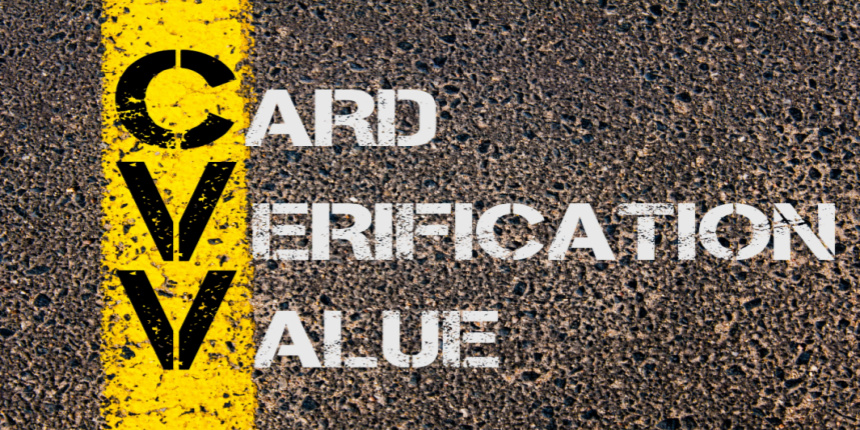CVV Full Form
What is the full form of CVV?
The full form of CVV is Card Verification Value. It is a security feature that financial institutions offer on credit, debit, and ATM cards. Your credit or debit cards' signature strips have a three-digit number—or a group of three numbers—printed on the right side. Its objective is to strengthen owner identification and reduce the chance of fraud when conducting online banking. Card verification code (CVC) and card protection code (CSC) are additional names for CVV. Continue reading to gain a thorough understanding of CVV, including its function, qualities, types, significance, and much more.
- What is the full form of CVV?
- 1. Purpose of having a CVV
- 2. Features of CVV
- 3. CVV and its types
- 4. Where is the CVV located?
- 5. What is the importance of the CVV?
- 6. Benefits of CVV
- 7. Conclusion

1. Purpose of having a CVV
By confirming the identity of the cardholder, a card verification code, or CVV, seeks to reduce the risks of fraudulent transactions. Credit and debit cards are frequently used by consumers for online shopping and other transactions, like paying bills.
The card verification number found on credit and debit cards cannot be saved by online portals. Accordingly, even if the portals have all the information pertaining to the cardholders' debit or credit cards, they are still unable to access the card verification number unless the cardholders manually enter it to confirm the payment transaction.
2. Features of CVV
The CVV number has the following features:
On MasterCard, Discover, and VISA debit, credit, and ATM cards, CVV is a three-digit number; on American Express debit or credit cards, it is a four-digit number.
In contrast to American Express debit or credit cards, which display the CVV on the front, MasterCard, Discover, and VISA debit, credit, and ATM cards provide the information on the back.
“Card not present transactions” is one of the protection measures of CVV.
3. CVV and its types
Here are the two categories:
CVV1: In card-present transactions, CVV1 is used to check the validity of the data and ensure that it was issued by a banking institution. It is accessible through the magnetic stripe on the card.
CVV2: Contrary to CVV1, CVV2 is a code that is printed on the card. When using a card, it is used for non-present transactions like online or mail-order purchases (MOTO). It serves as an additional layer of protection against fraud.
4. Where is the CVV located?
Both credit and debit cards have a card verification value number. A debit or credit card's magnetic stripe contains a three-digit number called CVV. It is found on the back of MasterCard, Discover, and VISA debit cards, credit cards, and ATM cards, beneath the magnetic stripe.
5. What is the importance of the CVV?
In the modern era, where most consumers prefer to shop exclusively online, a card verification value is crucial. To meet the needs of today's consumers and serve an ever-growing customer base, the majority of businesses now sell their goods online. As CVV codes shield cardholders from data breaches and prevent and eliminate fraud, they are important to have.
6. Benefits of CVV
The following are some of the advantages of CVV:
Reduces Fraud: CVV reduces the likelihood of fraud and safeguards cardholders from it. Without a CVV, online card transactions are not possible. Therefore, in order to start the payment from their bank accounts, users must manually enter the CVV.
Protection Against Data Breach: CVV shields cardholders from data breaches. It forbids online stores from storing customer credit card numbers. Every time a customer makes an online purchase, they must enter their CVV. However, the CVV and the card's four-digit pin cannot be saved by the online portals.
7. Conclusion
By confirming the identity of the cardholder, the CVV security feature, which stands for "card verification value," eliminates or significantly reduces online transaction fraud. Therefore, whenever using a card or making an online payment, it's crucial to use the card verification code (CVV).
Other Related Full Forms -
Frequently Asked Questions (FAQs)
Yes, both CVV1 and CVV2 are the codes present on the cards that prevent potential online fraud.
The primary difference between CVV1 and CVV2 is that CVV1 is used in card-present transactions, whereas CVV2 is used in card-only transactions.
Basically, AMEX cards have a 4-digit number on the front.
Yes, CVV is a personal identification number (PIN).
No, one should not have to fill out the pin while entering the CVV.